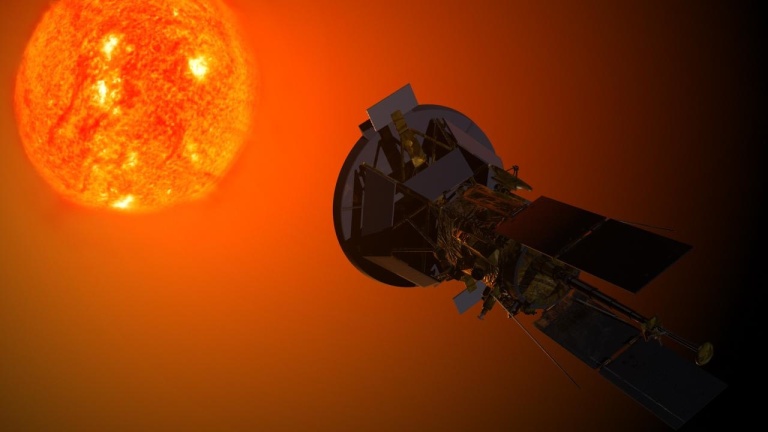I can’t believe it is almost three months since my last post. Between the holidays, finishing up a project at work, and January-term classes and workshops, it’s been rather busy here. One of the events during this time was the Communicating Science Workshop, local edition. We met with an incredible array of experts in various fields, including (but not limited to) Scot Osterweil, creator of the Zoombinis games and a personal hero of mine; Thomas Levenson, MIT Professor, science writer, and documentary film-maker; and David Aguilar who may actually be the real “most interesting man in the world!”
Besides these star-studded panels, we also had to complete a short writing piece about our field aimed for a general audience. After peer review and a very helpful set of edits from Michael Fisher (Harvard University Press), I wanted to share my writing from the ComSciCon Write-A-Thon. My target publication was the Harvard GSAS Alumni magazine, whose deadline was unexpectedly changed before I was able to submit the final version. I view this as an opportunity to share it with a wider audience (you, dear readers), but I wanted to convey that it was written with a specific prompt in mind: “What surprising, innovative, or unexpected contribution will your field make to explaining, shaping, or solving a problem faced by society this century?” (Word limit was 500 words, which I hit perfectly!) So here it is:

The Sun is surrounded by a network of invisible magnetic forces that help to form dangerous storms in space. However, the Sun appears inactive in the sky, just as a bar magnet sitting on a table seems inert. We can map out the magnetic field around a bar magnet by simply scattering iron filings around it and watch as they line up in a pattern of lines that trace the hidden forces at work. This experiment is easy enough to do at home, but how can we learn about fields on grander scales?
During the least active part of its cycle, the Sun’s magnetic field acts like that of a bar magnet, but often the field structure is not as simple. The magnetic field of the Sun affects the material around it, altering the flow of particles away from it (the solar wind) and creating beautiful loops that we can view in short-wavelength images. However, the magnetic field also accelerates material that can slam against Earth’s protective shell called the magnetosphere, affecting communications satellites and causing power grid failure. Mapping the magnetic field structure near the Sun is essential to the modeling and prediction of when the Sun will emit these potentially dangerous events, including flares, coronal mass ejections, or high-speed solar wind streams towards Earth.
Since there aren’t enough iron filings on our planet for a map of the magnetic field between the Sun and the Earth, scientists are developing satellites that can fly closer and closer to the Sun. Helios 2 set the current record in April 1976, when it travelled over two thirds of the 93 million miles between the Earth and the Sun. Scheduled to launch in 2018, a satellite called Solar Probe Plus (SPP) will smash Helios 2’s record. SPP includes instruments being built at the Harvard-Smithsonian Center for Astrophysics for a NASA mission to make a detailed map of the Sun’s magnetic environment. Six years after launch, SPP will reach its final stable orbit that puts it 96% of the distance to the Sun (it will be only 3.7 million miles from the Sun). As it carefully maps out the magnetic fields within the Sun’s upper atmosphere, the spacecraft will withstand temperatures in excess of 2,500 degrees Fahrenheit.
Maps from SPP of the Sun’s magnetic field will be crucial to prediction models like the one I have been working on for my Ph.D in Harvard’s astronomy department. I have written a program to decipher how different magnetic field structures at the Sun affect the properties of the solar wind that flows past the Earth. The only input my code requires is the magnetic field strength at different heights above the Sun’s surface. Accurate magnetic field measurements are essential for successful wind speed predictions. Computer modeling programs like mine will use SPP data to move beyond approximations and extrapolations of magnetic fields and will use real-time measurements to provide advanced warning necessary for protection against the dangerous events produced by the Sun.

“Laughter is the sun that drives winter from the human face.”
Victor Hugo